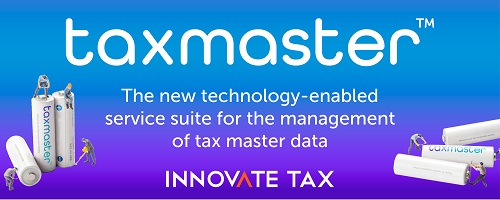- VAT is a tax on transactions and is usually easy to apply when a single price is paid for a single supply.
- However, when a transaction involves a single price being paid for a package of items, a taxpayer must consider whether there is a single or multiple supply for VAT accounting purposes.
- The principle of a single complex supply was established by the European Court of Justice, whereby the elements of a package were so closely linked that they formed objectively, from an economic point of view, a whole transaction and no element was ancillary to another.
- The question then is how should the single complex supply be characterised for VAT purposes?
- Recent case law has considered alternative tests to the “predominant element” test and whether there should be any hierarchy for these tests based on jurisprudence to date.
- The UK Court of Appeal recently held that the primary test to apply is one based on the predominant element of the supply.
- Where there is a “single, indivisible economic supply, which would be artificial to split” per precedent case law, there are two possible tests for ascertaining the correct VAT treatment: the “predominant element” test and the “overarching” test.
Source Baker & McKenzie
See also















